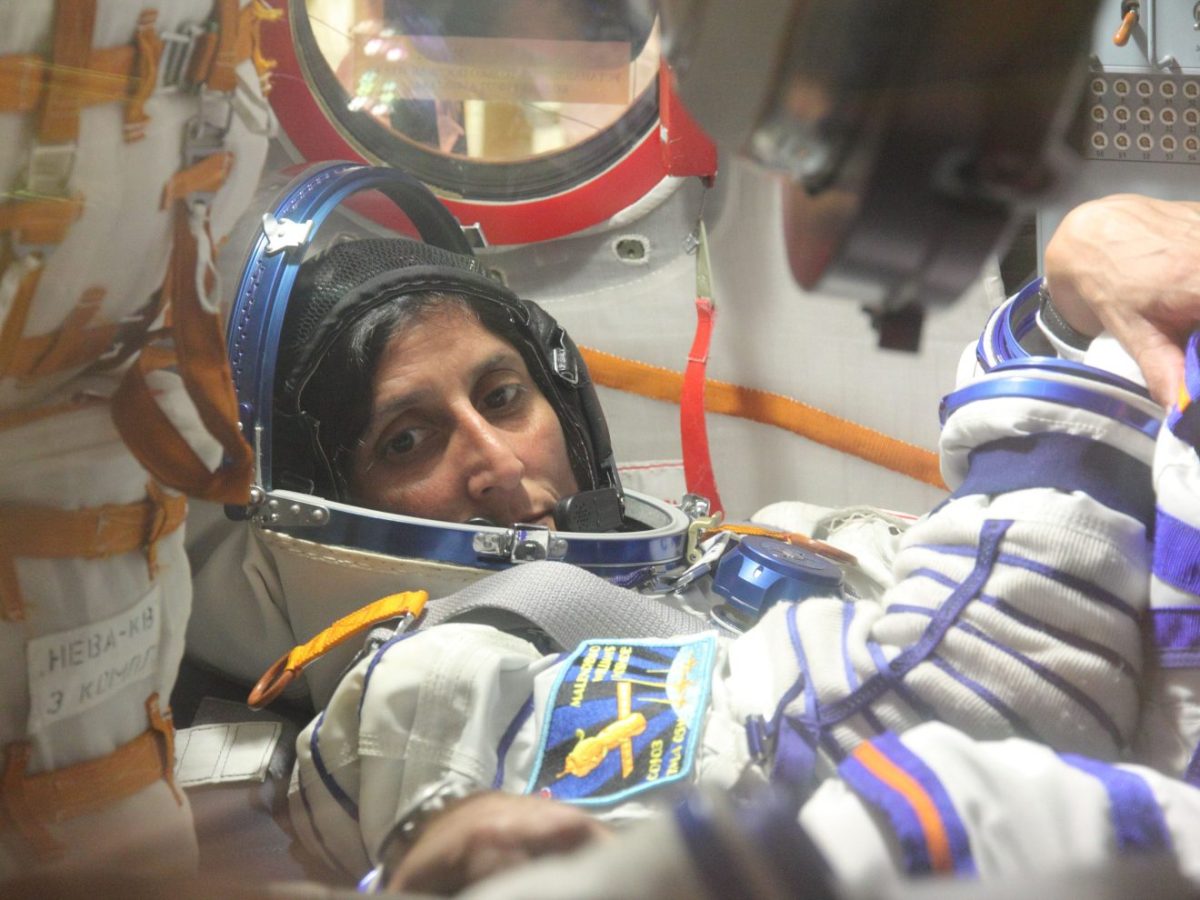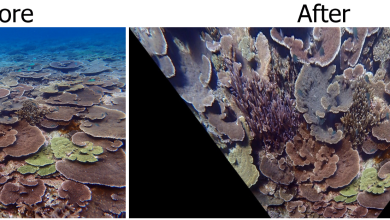‘In the Exploration Business’
Astronaut Sunita Williams ’95 MS on Future of Space and Why We Must Explore
“Space exploration, I think, is just a calling to the human soul,” NASA astronaut Sunita Williams says.
It is a calling that the retired Navy captain and distinguished Florida Tech alumna heard – and heeded. We are a better space-faring society for it.
Her first mission on the space shuttle, STS-116, launched Dec. 9, 2006, to the then-unfinished International Space Station. During more than six months aboard the ISS, Williams took four spacewalks totaling more than 29 hours to help with station construction. (It took 135 spacewalks over many missions to complete ISS assembly.)
“I got to be part of the construction crew that actually built the space station,” Williams said in an interview with Florida Tech in early May. She was in town to speak at the university’s spring commencement ceremonies.
When Williams arrived at the ISS for her second mission in 2012, the station was complete. Still, among the research and experiments she carried out over her four-month stay Williams also conducted three spacewalks to replace a component that relays power from the space station’s solar arrays to its systems and repair an ammonia leak on a station radiator.
In many ways, exploration is accretion – a ship gets so far and returns, providing the next team with what it learned. Building the ISS, keeping it functioning – all of that counts as progress and a starting point for whatever – and whoever – may come next.
“We always wonder. The big questions, the Carl Sagan questions, why are we here?” Williams said. “So space exploration, I think, is universal. Doesn’t matter who you are, where you come from, what your ethnicity is, your religious background. It’s like, what is it all about?”
As she has done before, Williams will help lead the way toward what’s next as she and Barry Wilmore will pilot Boeing’s Starliner spacecraft on its first crewed mission, a demonstration flight to ISS to prove the end-to-end capabilities of the Starliner system. The mission may launch in late July.
As astronaut since 1998, Williams has seen – and participated in – the evolution of the space industry.
“We were stuck on what we were doing with the space shuttle when I first got to NASA. But because of the International Space Station, because of commercial crew, because of the public interest in understanding that we can do bigger things, I think the door is wide open,” she said. “Of course, at NASA, we’re in the exploration business.”
That means a return trip to the Moon and, within a few decades, having a base there. The vision of what could be has evolved along with the capabilities that could make it possible.
“It’s going to be sort of like the International Space Station. We’re going to make it routine that we can go to the moon, we can live there and work there,” Williams said. “We can understand what that takes. That allows us to take the next big step.”
That step? Mars.
All of this to answer that innate human need for exploration, for learning and discovery. Space exploration remains fascinating to us.
“I found that with my father, who came from a totally different culture,” Williams said. “As soon as I started on this job, he was like, ‘Oh my God. Tell me what it was like!’ I was like, ‘Really? You want to know what it’s like?’ I didn’t think he was that interested in it, but everybody is.”





